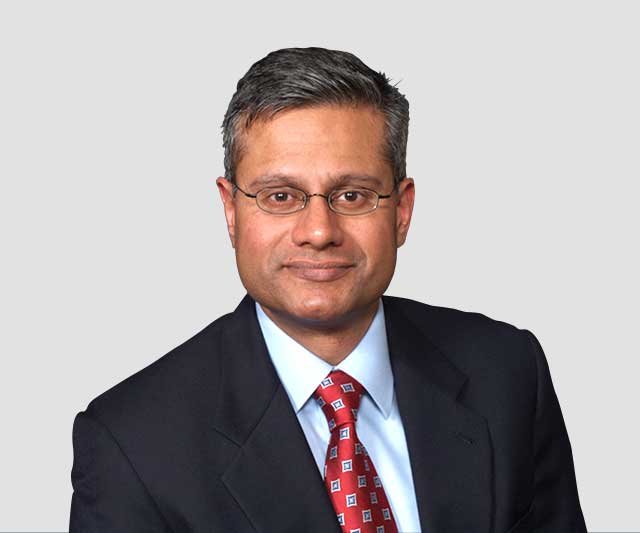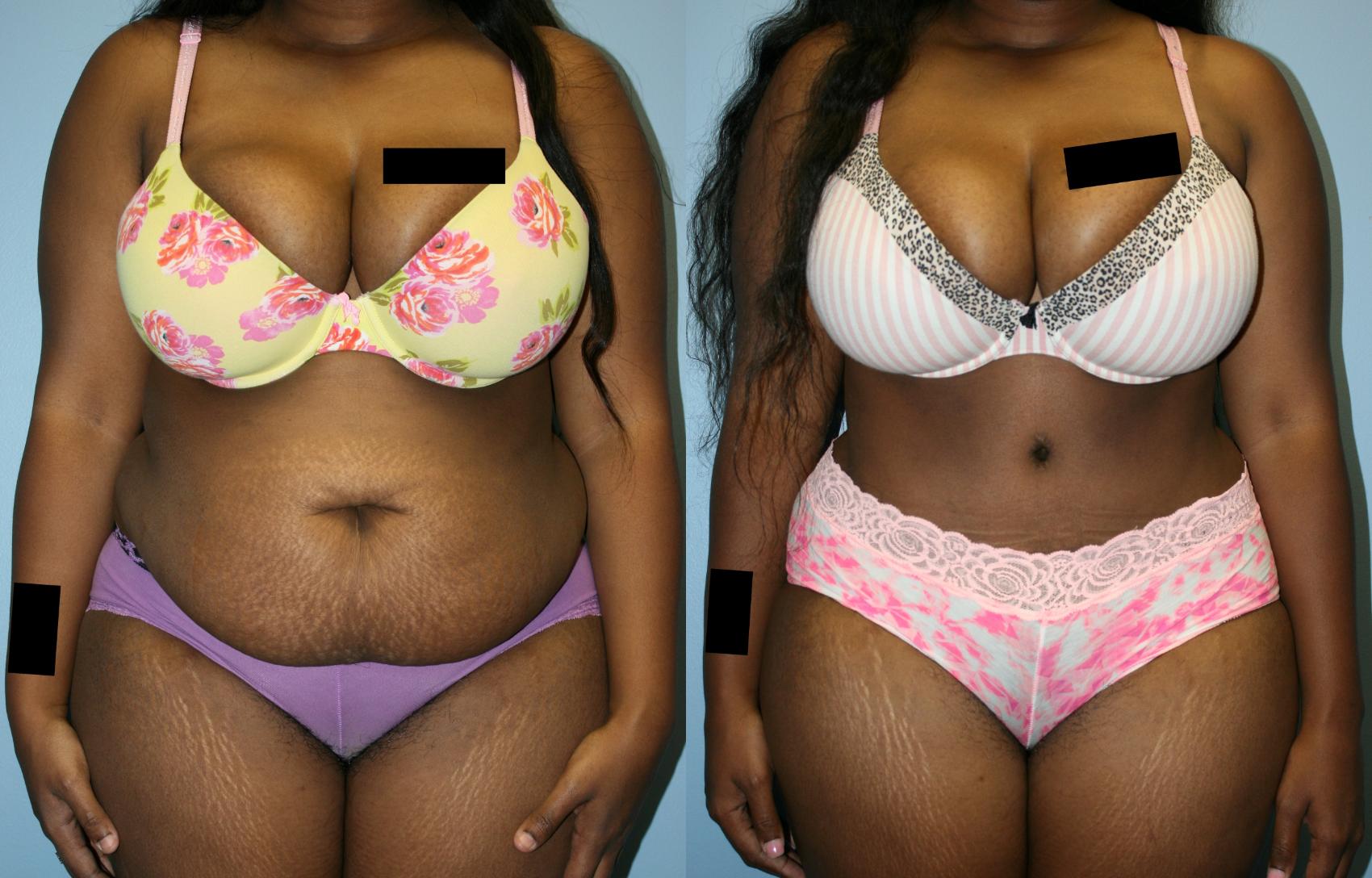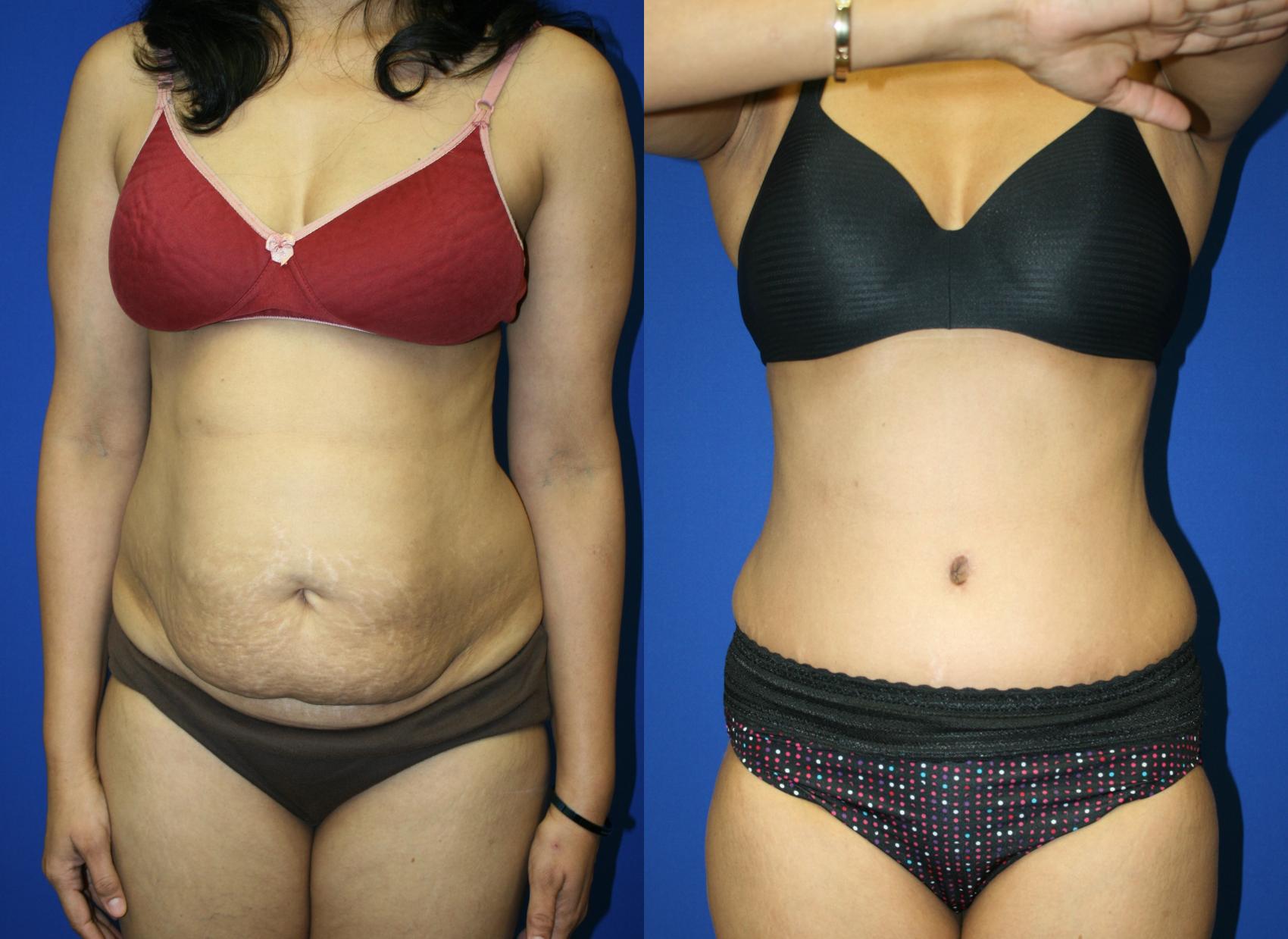Dr. Sandeep Jejurikar
3800 Highland Avenue #106
Downers Grove, IL 60515
Phone: (630) 960-0023
Monday, Thursday, Friday: 9 a.m.–5 p.m.
Tuesday: 10 a.m.–7 p.m.
Wednesday: 9 a.m.–4 p.m.
Tummy Tuck in the Chicago Area
If you’re considering a tummy tuck in the Naperville, Plainfield, or Downers Grove areas, board-certified plastic surgeon Dr. Sandeep Jejurikar creates a flatter abdominal area with natural-looking results. Women and men from throughout Illinois often get this popular procedure, called abdominoplasty, after pregnancy or significant weight loss.
Tummy Tuck
Before & After Photos
WARNING:
This feature contains nudity. Please click OK to confirm you are at least 18 years of age and are not offended by such material.
Am I a Good Tummy Tuck Candidate?
Pregnancy, weight loss, and the natural aging process can transform your body. You may be a good candidate for a tummy tuck if you are in good health, at or near your goal weight, and want to address any of the following concerns:
- Lax, sagging abdominal skin
- Separated or weakened abdominal muscles that cause a belly bulge
- Enlarged, misshapen bellybutton
Tummy Tuck vs Liposuction
When excess fat in the abdominal area is their main concern, people wonder whether they need liposuction or a tummy tuck. Dr. Jejurikar tells them the general rule is that a tummy tuck is the best option if there is a great deal of excess sagging skin. Although liposuction is a highly effective way to remove unwanted fat deposits, it cannot tighten skin or restore separated abdominal muscles.

Dr. Sandeep Jejurikar
Board-Certified Plastic Surgeon
Dr. Sandeep Jejurikar is a board-certified plastic surgeon who is committed to helping you look and feel your very best.
Meet Dr. JejurikarHow Is a Tummy Tuck Performed?
As an experienced plastic surgeon, Dr. Jejurikar designs a treatment plan specifically for your needs, assessing the amount of correction needed and the location of the excess fat and skin. Although sedation with local anesthesia is an option, Dr. Jejurikar performs most tummy tuck procedures with the patient under general anesthesia.
Although abdominoplasty is a highly customized procedure, most follow a similar pattern. After administering anesthesia, Dr. Jejurikar makes a horizontal incision just above the pubic area, generally low enough so that it can be concealed underneath a bathing suit or underwear. If the upper abdomen also needs to be addressed, Dr. Jejurikar makes an incision around the navel. He tightens abdominal muscles using internal sutures and removes excess fat using liposuction. He then removes any excess skin before closing the incision.
Tummy Tuck Recovery
As with any surgical procedure, patients will need time to rest and recover after tummy tuck surgery. Within a week or two, you should be able to return to work or other normal activities, but your body will need several months to recover and finalize your results.
Here is a general overview of what you can expect during the recovery process:
- Swelling & Bruising: Swelling and bruising are common after a tummy tuck surgery. They typically peak within the first few days to a week and gradually subside over several weeks. To reduce swelling, patients should wear their compression garments as directed by Dr. Jejurikar and elevate their legs when resting.
- Dressings & Drains: Initially, dressings and drains may be in place to manage postoperative fluid buildup. Dressings are usually changed during follow-up appointments, and drains are typically removed once fluid drainage decreases to a certain level, usually within a week or two.
- Incision Care: Proper care of your incisions is crucial. Patients should keep the incisions clean and dry, following Dr. Jejurikar’s instructions for cleaning and applying any prescribed ointments or dressings.
- Bathing or Swimming: Patients should not submerge their incisions in water (e.g., baths, swimming pools, hot tubs) until cleared by Dr. Jejurikar. This typically occurs around 4 to 6 weeks after surgery. Quick, gentle showers are usually allowed earlier, so long as care is taken to avoid direct water pressure on the incisions.
- Scar Care: Scar care starts once the incisions have healed. This may include using silicone gels or sheets and protecting scars from direct sun exposure for several months to a year to minimize scar visibility.
- Compression Garment: You will be sent home wearing a compression garment to reduce swelling and support the healing process. This garment is typically worn for 4 to 6 weeks.
- Sleeping: Patients should sleep with their upper body elevated for a few weeks to reduce swelling. Avoiding positions that strain the incisions will ensure proper healing and reduce post-surgical discomfort.
- Exercise: Dr. Jejurikar advises most patients to avoid vigorous or strenuous activity for at least 7 to 10 days. This helps ensure proper healing. However, within 24 hours of surgery, they should try to move around and take short walks to reduce the risk of blood clots or pneumonia. Exercise should be gradually reintroduced after several weeks, starting with light activities and progressing to more strenuous workouts.
- Walking: Walking is encouraged as soon as possible after surgery to prevent blood clots and promote circulation. Patients may start with short, gentle walks and gradually increase their activity level.
- Standing Up Straight: Patients often start to stand up straighter within a week or two after surgery, but this can vary based on individual healing and surgical techniques used.
- Help at Home: The need for assistance at home varies but is typically required for the first few days to a week post-surgery. Patients may need help with daily tasks, child care, and lifting heavy objects.
- Final Results: It can take several months to see the final results of a tummy tuck, as swelling gradually resolves and the body fully heals. When recovery is complete, abdominoplasty patients see a slimmer, more toned abdominal area. Skin that formerly appeared loose and sagging will be taut and firm.
Combining Procedures
Dr. Jejurikar frequently performs a tummy tuck surgery along with liposuction, Brazilian butt lift, and a breast enhancement procedure such as breast augmentation or breast lift surgery. He may also incorporate fat grafting to help you enhance results. This combination procedure is called a mommy makeover and offers women a way to address multiple areas with a single recovery period.
Facial procedures can also be performed in conjunction with a tummy tuck. During the initial consultation, Dr. Jejurikar likes to spend plenty of time talking to each patient, assessing their needs, and developing a surgical plan that safely accomplishes each cosmetic goal.
Dr. Jejurikar Answers Your Frequently Asked Questions
Is a tummy tuck weight loss surgery?
As soon as I meet with a potential tummy tuck patient, I like to remind them that abdominoplasty is not a weight-loss surgery. The best candidates for tummy tuck surgery are people who are not significantly over-or underweight. It is a very common procedure following major weight loss or pregnancy. Abdominoplasty addresses issues, including moderate amounts of excess fat and loose skin around the abdomen, that don’t respond to diet and exercise. While the results of tummy tuck surgery can be dramatic, patients should have realistic expectations about their outcome. It’s also important to be in good general health and not smoke.
What do I need to do to prepare for a tummy tuck?
There are several things a patient can do to ensure the tummy tuck surgery is successful and that recovery goes smoothly. Patients should:
- Quit smoking: Smoking interferes with the body’s natural healing abilities and can cause complications during and after surgery. I advise all my surgical patients to quit smoking for at least 4 weeks prior to their procedures.
- Talk to family: Recovery from abdominoplasty can take up to 2 weeks. Though I encourage patients to resume light activities such as walking as soon as possible, they’ll still need help with household chores, errands, and childcare. Having the support of family and friends during this time can make a world of difference.
- Stop taking some medications: Certain drugs, including over-the-counter anti-inflammatory medications and herbal supplements, can increase the risk of bleeding. You may be asked to temporarily stop taking some or all of these drugs prior to your surgery.
For additional ways to prepare, see Your Tummy Tuck Preparation Checklist in our blog.
Will I have a noticeable scar?
Though a scar will be present after healing, it will be well hidden by most swimwear and underwear. Unfortunately, scars are an inevitable part of any surgery. I use surgical techniques that keep incisions as small as possible, and my team and I provide each patient with specific aftercare instructions that encourage scars to heal quickly and fade over time.
How can I maintain the results of a tummy tuck?
Like other body contouring procedures, the results of a tummy tuck should last for many years, provided that the patient’s weight remains stable. Significant weight gain or loss can affect or even reverse the results of a tummy tuck, and revision surgery may be needed. Similarly, pregnancy can also alter the results of an abdominoplasty. I advise my female patients considering tummy tuck surgery to postpone the procedure until they are done having children.
Can a tummy tuck address separated abdominal muscles (diastasis recti)?
Yes, a tummy tuck can address diastasis recti, which is the separation of the abdominal muscles. During a tummy tuck, I can repair and tighten these muscles, restoring core strength and creating a flatter, more toned abdominal profile. This is a common component of the procedure for patients who have experienced muscle separation due to pregnancy or other factors.
What if I’ve had a C-section? Can I still get a tummy tuck?
Having had a previous C-section does not necessarily disqualify you from getting a tummy tuck. In fact, many women choose to combine a tummy tuck with C-section scar revision. It’s important to discuss your medical history and surgical goals with me during your consultation. I will assess your individual case to determine the most appropriate approach, taking into account your previous surgery and unique needs to help you achieve your desired results safely.
Learn why patients from all over Illinois choose Dr. Jejurikar for their tummy tuck procedure. Request a free consultation online, or call us at (630) 960-0023 to speak with us directly.
Back to Top









